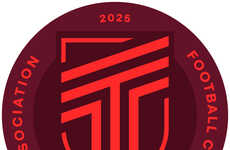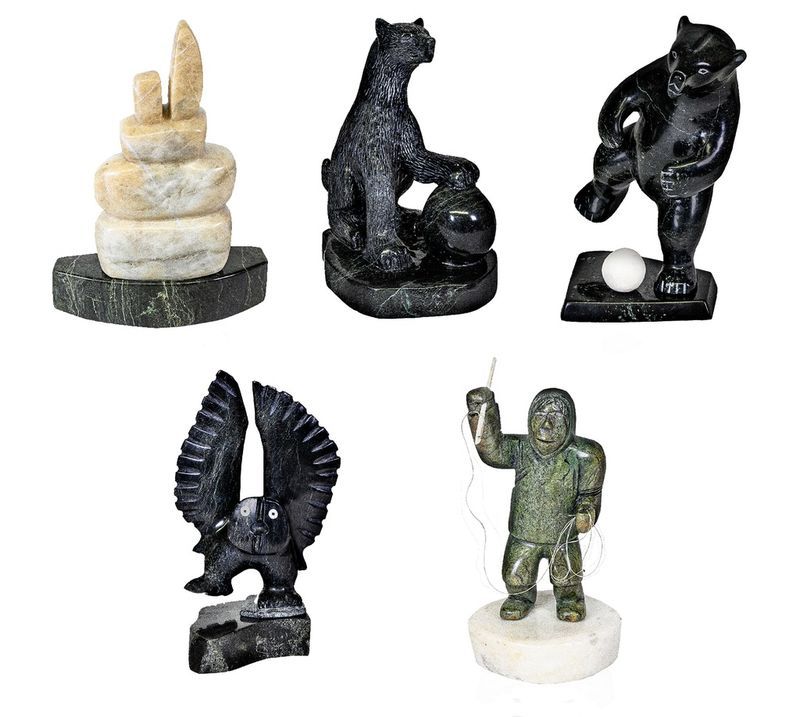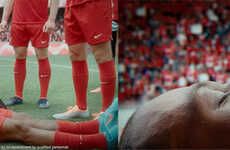
The Canadian Premier League 2019 Awards Took Place in Toronto
The Canadian Premier League recently announced its Award Winners for 2019 in Toronto. The presentation celebrated the outstanding performances of the clubs' standout players and head coach both on and off the field throughout its inaugural season. Each award was a unique piece of Inuit Art, honouring the Canadian heritage and the fusion of sports culture simultaneously. These artists include Pitseolak Qimirpik, Kellypalik Etidloie, Palaya Qiatsuq, and Taqualuk (Tuk) Nuna. The carvings are from Kinngait (Cape Dorset), Nunavut, which is a small hamlet by the Baffin Island.
Each award carving embodies a captivating meaning -- the Golden Glove is symbolized by a Canadian Inuit Dog or Qummiq. This artwork by Kellypalik Etidloie honours the goalkeeper as the Canadian Inuit Dog represents a protector. The Golden Boot represented by the Inuit Hunter is carved by Pitseolak Qimirpik and references courage and fearlessness. The Owl by Palaya Qiatsuq symbolizes heightened wisdom and guidance, awarding it to the Coach of the Year. Pitseolak Qimirpik's Nikisuittuq carving in the shape of a stone landmark that points to the North Star, awarded to the Play of the Year as a symbol of importance and value. Finally, the Polar Bear by Taqialuk (Tuk) Nuna commemorates a young cub, naturally awarding it to the Best Canadian Player Under 21.
Amongst the winners was Tristan Borges of Forge FC, taking home the 'Golden Boot,' 'Best U-21 Canadian Player of the Year' and 'Player of the Year.' Cavalry FC, Marco Carducci (Keeper) and Tommy Wheeldon Jr. (Head Coach) respectively won the 'Golden Glove' and 'Coach of the Year.'
Image Credit: Canadian Premier League
Each award carving embodies a captivating meaning -- the Golden Glove is symbolized by a Canadian Inuit Dog or Qummiq. This artwork by Kellypalik Etidloie honours the goalkeeper as the Canadian Inuit Dog represents a protector. The Golden Boot represented by the Inuit Hunter is carved by Pitseolak Qimirpik and references courage and fearlessness. The Owl by Palaya Qiatsuq symbolizes heightened wisdom and guidance, awarding it to the Coach of the Year. Pitseolak Qimirpik's Nikisuittuq carving in the shape of a stone landmark that points to the North Star, awarded to the Play of the Year as a symbol of importance and value. Finally, the Polar Bear by Taqialuk (Tuk) Nuna commemorates a young cub, naturally awarding it to the Best Canadian Player Under 21.
Amongst the winners was Tristan Borges of Forge FC, taking home the 'Golden Boot,' 'Best U-21 Canadian Player of the Year' and 'Player of the Year.' Cavalry FC, Marco Carducci (Keeper) and Tommy Wheeldon Jr. (Head Coach) respectively won the 'Golden Glove' and 'Coach of the Year.'
Image Credit: Canadian Premier League
Trend Themes
1. Recognition of Canadian Heritage - Opportunity to innovate by incorporating indigenous art and cultural elements in award designs and event presentations.
2. Honoring Players and Coaches - Opportunity to create unique and meaningful awards that celebrate outstanding performances on and off the field.
3. Integration of Sports and Art - Opportunity to merge sports culture with art, creating a unique and immersive experience for athletes and fans alike.
Industry Implications
1. Sports Awards and Memorabilia - The market for sports awards can expand with innovative designs that honor cultural heritage and provide a deeper connection with athletes.
2. Event Decor and Presentation - Event organizers can explore artistic collaborations that integrate cultural elements into award ceremonies, enhancing the overall experience for attendees.
3. Indigenous Art and Crafts - Indigenous artists can find new opportunities in creating sports-related artworks, expanding their reach and showcasing their talent to a broader audience.
1.7
Score
Popularity
Activity
Freshness























